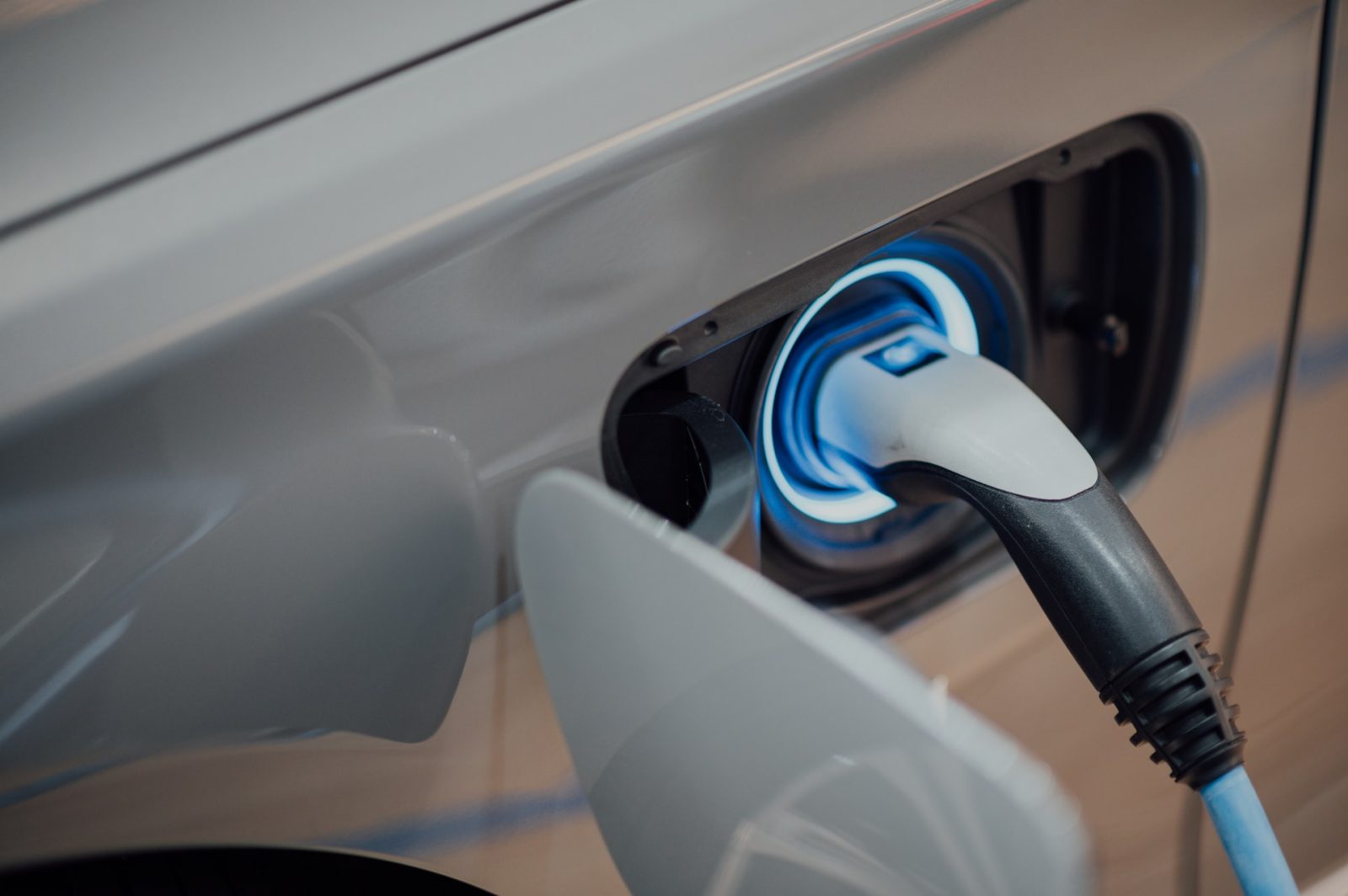
EV car charger
Electric vehicle (EV) adoption in the UAE is gaining momentum, backed by government incentives, expanding charging networks, and a growing range of models. Yet one factor continues to raise eyebrows: the cost of insuring an EV. Recent reports suggest premiums are as much as 72 per cent higher than for petrol cars—a figure confirmed by AutoData, the UAE’s leading automotive data and AI platform.
“From our vantage point, the 72 per cent premium gap is broadly accurate and reflects current realities in the market,” says Sebastian Fuchs, general manager of AutoData. “The higher premiums are not simply an arbitrary figure but the result of underlying structural challenges.”
Why EV premiums are higher
AutoData tracks one of the UAE’s largest real-time datasets of used car and insurance quotes, covering thousands of claims monthly. Its analysis highlights three primary reasons behind the higher premiums:
-
Repair economics: EVs are equipped with costly battery packs, advanced driver-assistance system (ADAS) sensors, and structural modules. These require trained technicians and specialised diagnostic tools. “A single battery replacement can cost tens of thousands of dirhams, and insurers must prepare for such high-severity claims,” says Fuchs.
-
Supply chain constraints: EV parts are often VIN-specific and software-linked, requiring global sourcing. This extends repair timelines and increases downtime costs.
-
Repair capacity: “Certified EV bodyshops in the UAE remain limited, and not every workshop has the equipment or training to manage complex repairs,” Fuchs notes. AutoData’s claims data shows that these three factors—higher repair costs, constrained supply chains, and limited certified capacity—directly result in higher bills and longer turnaround times, both of which are priced into insurance premiums.
The UAE’s experience is not unique. In the United States, EV insurance premiums remain about 50 per cent higher than petrol equivalents, while China also faced steep premiums during its early adoption phase. What set China apart, Fuchs explains, was its proactive approach.
“China moved proactively, with regulators and insurers introducing EV-specific underwriting standards and creating large networks of certified repair workshops,” he says. “These measures significantly reduced uncertainty for insurers and gave them the confidence to lower premiums.”
For the UAE, the lesson is clear: investing in certified repair infrastructure, introducing consistent standards, and improving data transparency will accelerate cost normalisation.
Despite current challenges, AutoData sees clear evidence that the cost gap is already starting to shrink. “Premiums for certain high-volume EV models are stabilising because insurers now have more claims history to work with,” says Fuchs.

Over the next two to three years, he expects competition among insurers, expansion of certified workshops, and routine practices for battery repair to meaningfully narrow the gap. “As insurers learn more from real-world claims and the repair ecosystem matures, the cost difference between petrol and electric vehicles will shrink significantly, even if it does not disappear entirely,” he adds.
Higher premiums present a friction point, but Fuchs does not see them as a major deterrent to EV adoption. “Insurance is a headwind, but it is not the decisive factor holding back adoption,” he says. “Premiums may influence which model a consumer chooses or whether they opt for a higher- or lower-tier trim, but they rarely derail the overall decision to switch to electric.”
AutoData’s consumer data shows EV demand continuing to expand strongly in the UAE, supported by wider model availability and government incentives.
Insurers are already responding with EV-specific products. According to Fuchs, “We see the development of usage-based coverage and mileage bands that better reflect urban driving habits, which are common among EV owners. Insurers are also creating repair-routing agreements with certified workshops to control costs and improve efficiency.”
Other innovations include incentives tied to telematics and safety system usage. Globally, markets such as China have introduced EV-native frameworks, a development Fuchs expects to see mirrored in the UAE as confidence grows.
Read: Foxconn’s FIT to build Saudi EV charger factory by 2026
Fuchs stresses that balancing EV ownership costs requires collaboration across the ecosystem. “Manufacturers need to make EVs easier to repair by standardising battery modules. Regulators can accelerate certification for multi-brand EV repair centres and push for greater transparency in reporting repair costs. Insurers, meanwhile, must design products that reward safe driving and use real-world data rather than theoretical assumptions.”
AutoData is actively providing insurers and regulators with the evidence base to support such changes.
What buyers should keep in mind
For prospective EV owners in the UAE, Fuchs advises looking at the full ownership picture:
-
Model-specific premiums vary significantly.
-
Policies should include coverage for certified workshops.
-
Charging economics—supported by Dubai’s 1,200+ public chargers—reduce running costs and offset premium differences.
-
Strong OEM warranties and growing charging infrastructure protect long-term value.
“From AutoData’s perspective, the UAE is already well on the way to reaching global parity in EV total cost of ownership,” says Fuchs. “Insurance premiums represent a temporary imbalance rather than a permanent barrier.”

